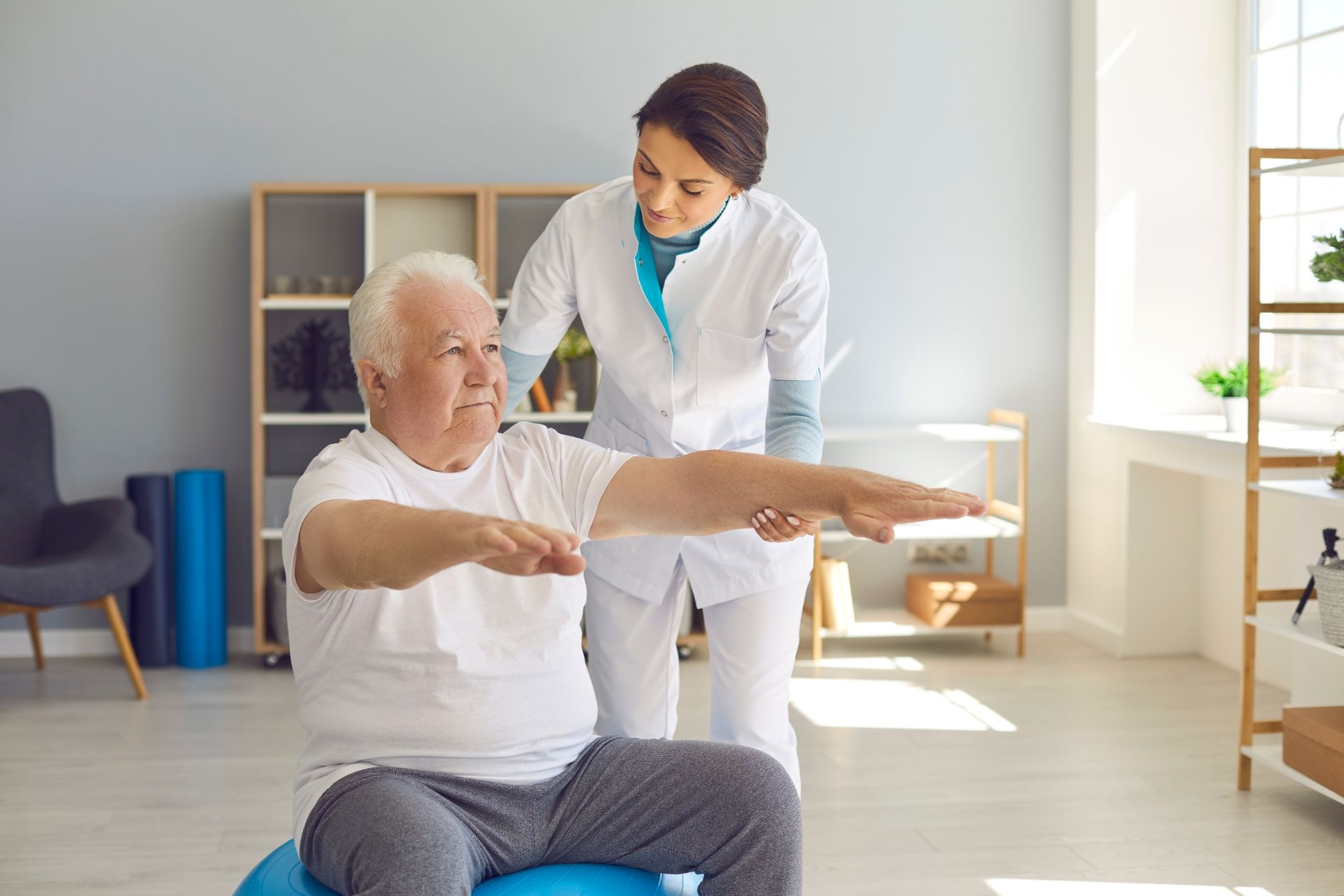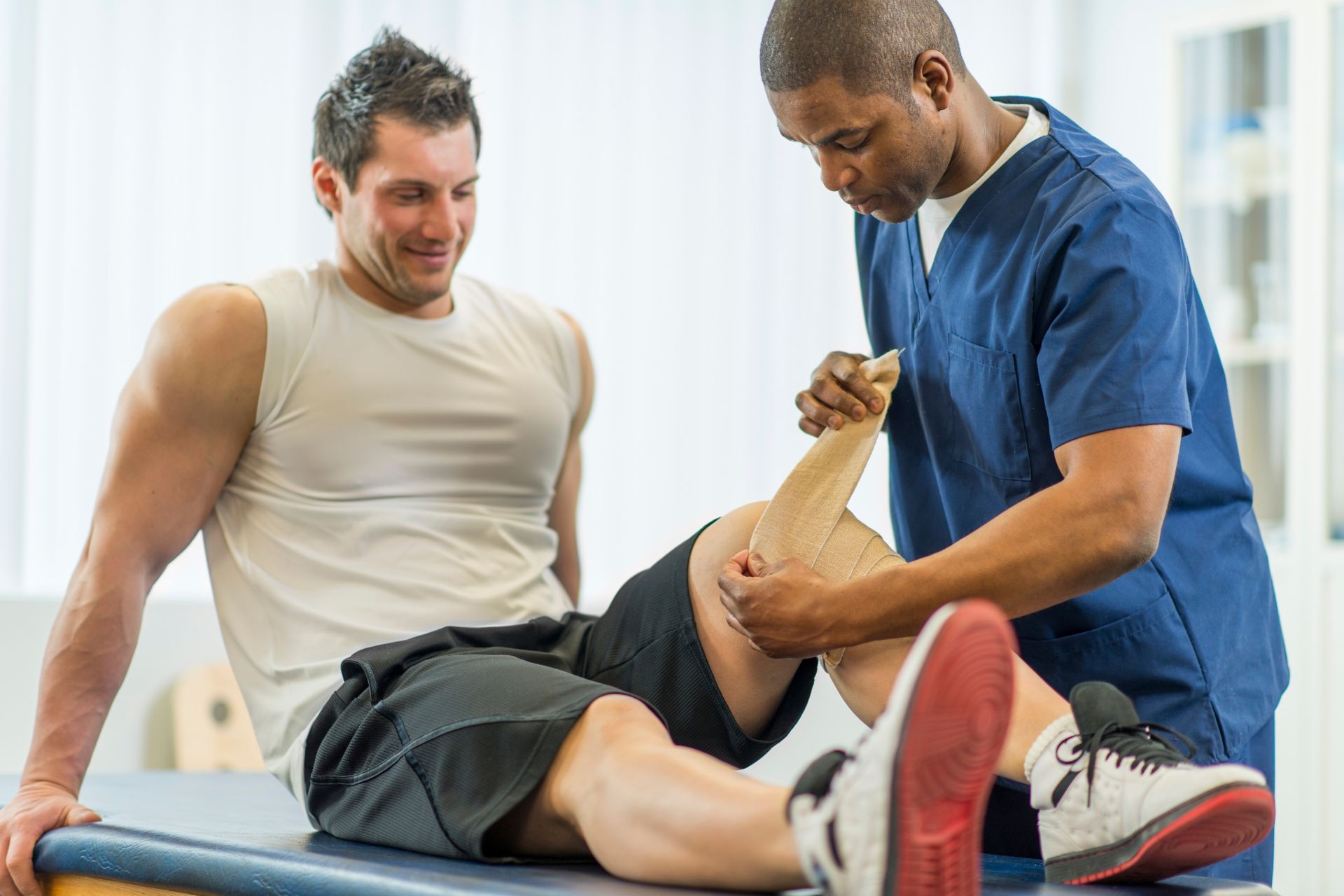Shin Splints
How can overpronation contribute to the development of shin splints?
Overpronation, which is an excessive inward rolling of the foot during walking or running, can contribute to the development of shin splints by placing increased stress on the muscles and tendons of the lower leg. This abnormal foot motion can lead to overuse injuries, such as shin splints, as the muscles work harder to stabilize the foot and ankle. Individuals with overpronation may experience a higher risk of developing shin splints due to the added strain on the shin muscles.



